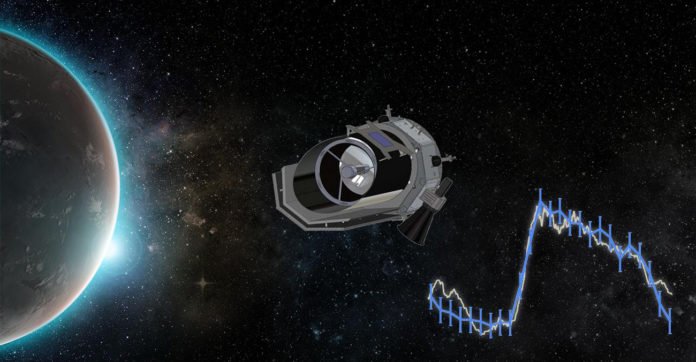Fast Infrared Exoplanet Spectroscopy Survey Explorer (FINESSE), one of the NASA’s proposed mission for concept studies and evaluations could efficiently enhance our comprehension of extrasolar universes. It can discover almost 500 exoplanet atmospheres with detailed information about climate processes on distant alien worlds.
Scientists actually want to study the processes that control planet formation and global climate. Through this, they will come to know the mechanism that builds up the atmospheric chemical composition and shapes atmospheric evolution.
Robert Zellem, FINESSE science team member at NASA’s Jet Propulsion Laboratory (JPL) said, “FINESSE will spectroscopically observe the atmospheres of many hundreds of transiting exoplanets to measure their molecular abundances and thermal profiles.”
FiNESSE will use the transit method to measure how a planet’s atmosphere absorbs light from its host star as a function of wavelength. Through this, it will be easy to guess the molecules in planet’s atmosphere.
Originally, the FINESSE spacecraft will be equipped with a telescope with a 75-centimeter primary mirror and a spectrometer that will observe planets in the visible and infrared wavelengths.
Zellem said, “By doing this for hundreds of planets, FINESSE will determine how planets form and the crucial factors that establish planetary climate. Its wide spectral coverage will enable it to measure the abundances of molecules. For example, water, methane, carbon dioxide, and carbon monoxide. It will also discover the presence of clouds and hazes.”
In other words, it will provide detailed information that could improve our knowledge about various exoplanets including alien worlds. The data could help us discover what these alien worlds are like, determining what makes them they way they are, and allowing this knowledge to be applied in the broader planetary context, including the search for life outside of our Solar System.
According to Zellem, during its operational lifetime of two years, it will carry out important observations of even more than 1,000 extrasolar worlds. Although, it holds the potential to observe the atmospheres of over 1000 transiting exoplanets.
